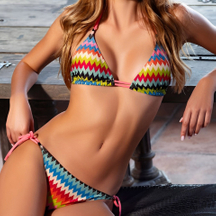Content Menu
● Understanding the Importance of Lenses in Swimwear Photography
● Recommended Lenses for Swimwear Photography
● Essential Gear for Swimwear Photography
● Mastering Lighting Techniques
>> Natural Light
>> Artificial Lighting
● Tips for Successful Swimwear Shoots
>> Choosing the Right Location
● The Evolution of Swimwear
>> Key Milestones in Swimwear History
● Post-Processing Techniques
● Conclusion
● Frequently Asked Questions (FAQs)
>> 1. What type of camera is best for swimwear photography?
>> 2. What focal length should I use?
>> 3. How important is lighting in swimwear photography?
>> 4. Should I use props during my shoot?
>> 5. What post-processing software do you recommend?
● Citations:
Swimwear photography is a specialized field that combines technical skill, artistic vision, and an understanding of lighting and composition. Choosing the right lens is crucial for capturing stunning images that highlight both the model and the swimwear. This article will explore the best lenses for swimwear photography, essential gear, lighting techniques, and tips for successful shoots, while also delving into the evolution of swimwear itself.
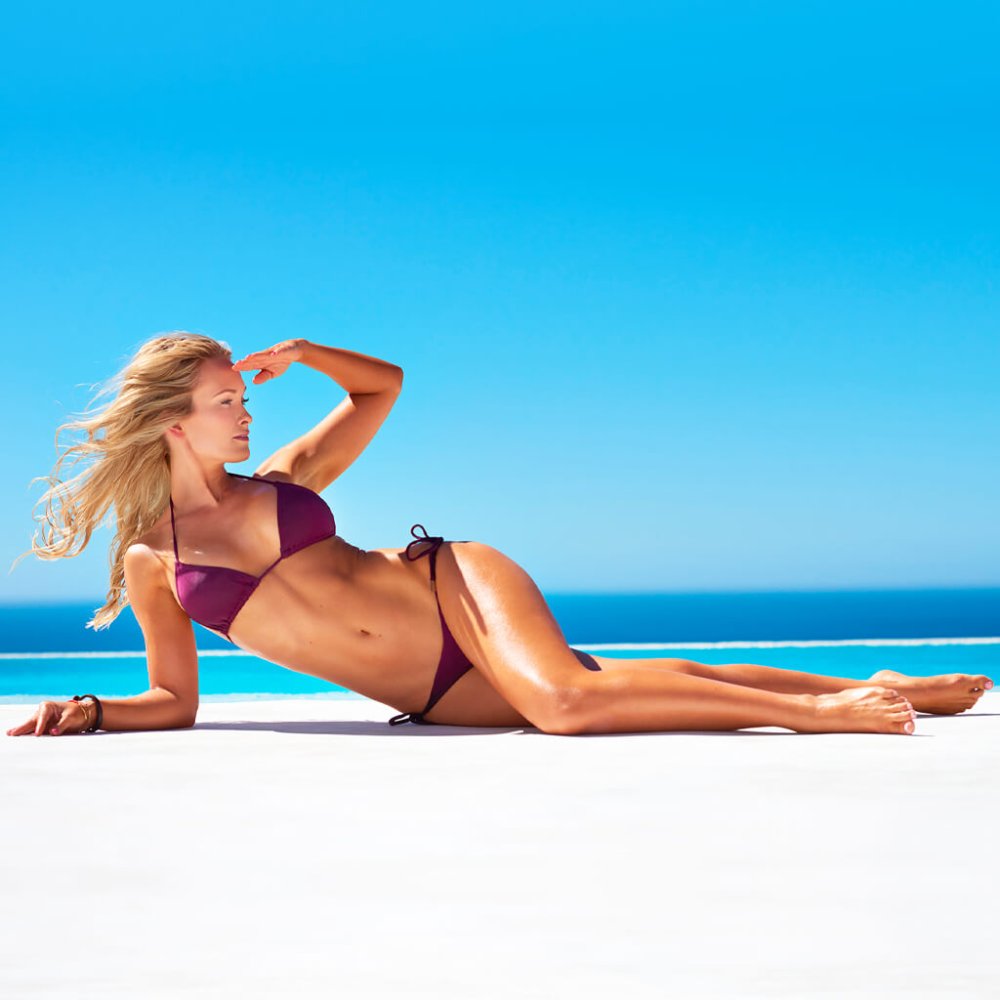
Understanding the Importance of Lenses in Swimwear Photography
The lens you choose can significantly affect the outcome of your swimwear photographs. Different lenses offer various focal lengths and apertures, which can impact depth of field, background blur, and overall image quality. Here are some key considerations when selecting a lens for swimwear photography:
- Focal Length: A versatile zoom lens, such as a 24-70mm or 70-200mm, is often recommended. These lenses allow you to capture both wide-angle shots and close-ups without needing to change lenses frequently.
- Aperture: A lens with a wide maximum aperture (like f/2.8) is beneficial for creating a shallow depth of field, which helps isolate the subject from the background. This effect can enhance the visual appeal of your images by blurring distracting elements.
- Image Stabilization: For outdoor shoots where you may be working with natural light, lenses with image stabilization can help reduce motion blur, especially in low-light conditions.
Recommended Lenses for Swimwear Photography
Here are some of the most popular lens options among professional swimwear photographers:
- Canon EF 24-70mm f/2.8L II USM: Known for its versatility and sharpness, this lens is ideal for capturing a range of shots from full-body to close-ups.
- Nikon AF-S NIKKOR 70-200mm f/2.8E FL ED VR: This telephoto zoom lens offers excellent image quality and is perfect for isolating subjects against beautiful backgrounds.
- Sony FE 24-70mm f/2.8 GM: A favorite among Sony users, this lens provides exceptional clarity and color rendition, making it perfect for vibrant swimwear shoots.
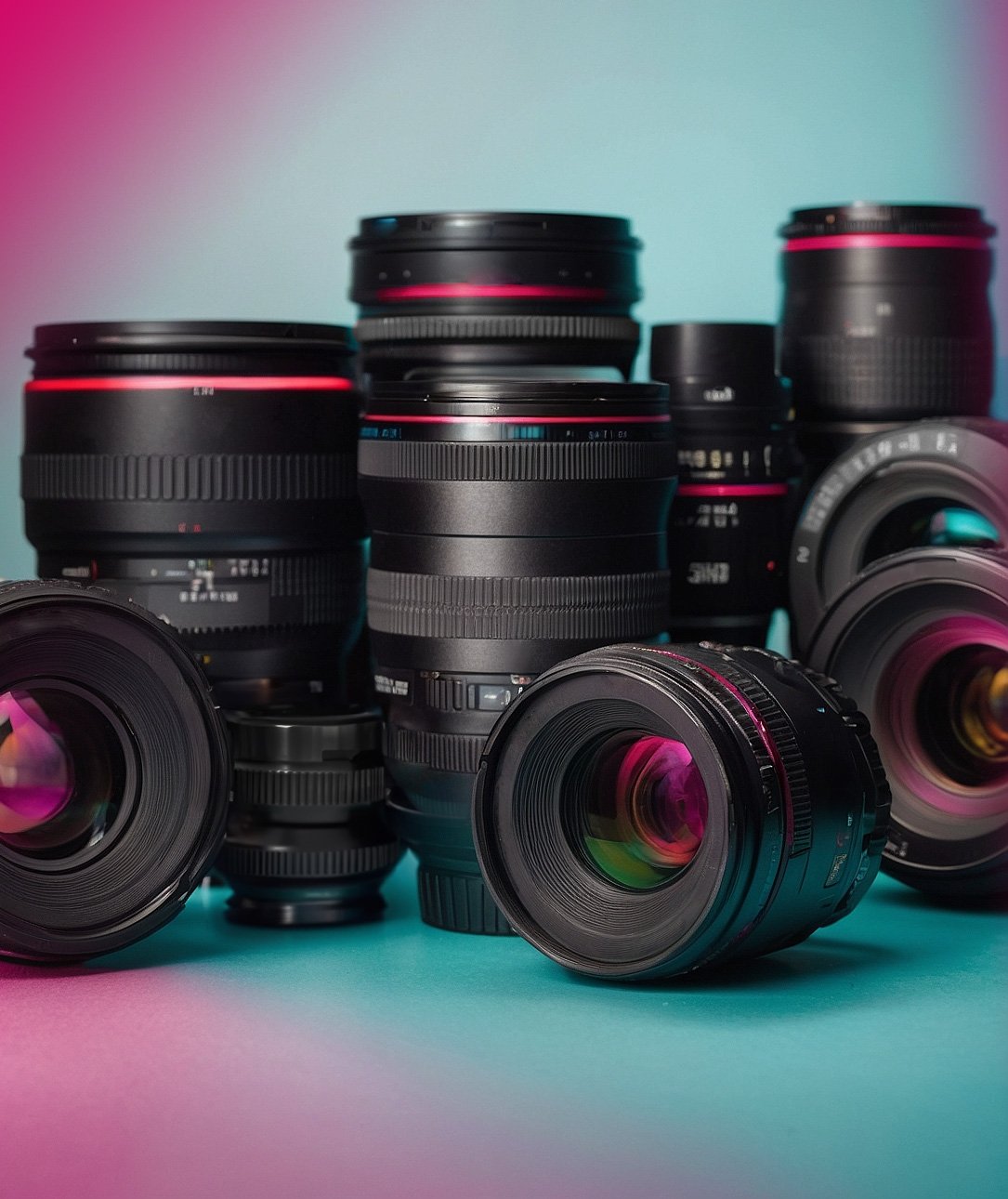
Essential Gear for Swimwear Photography
In addition to selecting the right lens, having the appropriate gear is vital for a successful swimwear photoshoot. Here are some essential items to consider:
- Camera Body: A full-frame DSLR or mirrorless camera is recommended for high-quality images. Models like the Canon EOS R5 or Sony A7 III are excellent choices.
- Tripod: While not always necessary, a sturdy tripod can help stabilize your camera during long exposure shots or when using slower shutter speeds.
- Reflectors and Diffusers: These tools help manipulate natural light to create flattering illumination on your model's skin and swimwear.
- Lighting Equipment: If shooting indoors or during low-light conditions, consider portable strobes or speedlights to ensure proper exposure.
Mastering Lighting Techniques
Lighting plays a crucial role in swimwear photography. Here are some techniques to achieve stunning results:
Natural Light
Natural light is often preferred in swimwear photography due to its soft and flattering qualities. Here are some tips for utilizing natural light effectively:
- Golden Hour Shooting: The hour after sunrise and before sunset provides warm, diffused light that enhances skin tones and adds a magical quality to images.
- Using Reflectors: Positioning reflectors can help fill in shadows on your model's face and body, creating a more balanced exposure.
Artificial Lighting
In situations where natural light is insufficient, artificial lighting can be employed:
- Strobes with Softboxes: Using strobes with softboxes allows you to create soft, even lighting that flatters your subject while maintaining control over shadows.
- Backlighting Techniques: Shooting with the sun behind your model can create a beautiful halo effect around their silhouette. Use reflectors to bounce light back onto their face for added detail.
Tips for Successful Swimwear Shoots
To ensure your swimwear photography sessions are successful, consider these practical tips:
- Plan Your Shoot: Scout locations in advance and choose times when lighting conditions will be optimal. Beaches and pools are ideal settings that naturally complement swimwear themes.
- Prepare Your Models: Communicate with models about poses and expressions before the shoot. Providing direction can help them feel more comfortable in front of the camera.
- Incorporate Props: Adding props like beach towels, sunglasses, or surfboards can enhance your compositions and add interest to your images.
Choosing the Right Location
Selecting an appropriate location is crucial in swimwear photography. Here are some ideal settings:
- Beaches: Natural environments like beaches provide stunning backdrops with vibrant colors and textures that complement swimwear designs.
- Pools: Resort pools or private pools offer controlled environments where you can manage lighting more easily while still achieving a summery vibe.
- Natural Landscapes: Lakesides or botanical gardens can provide unique settings that add variety to your portfolio while maintaining a relaxed atmosphere.
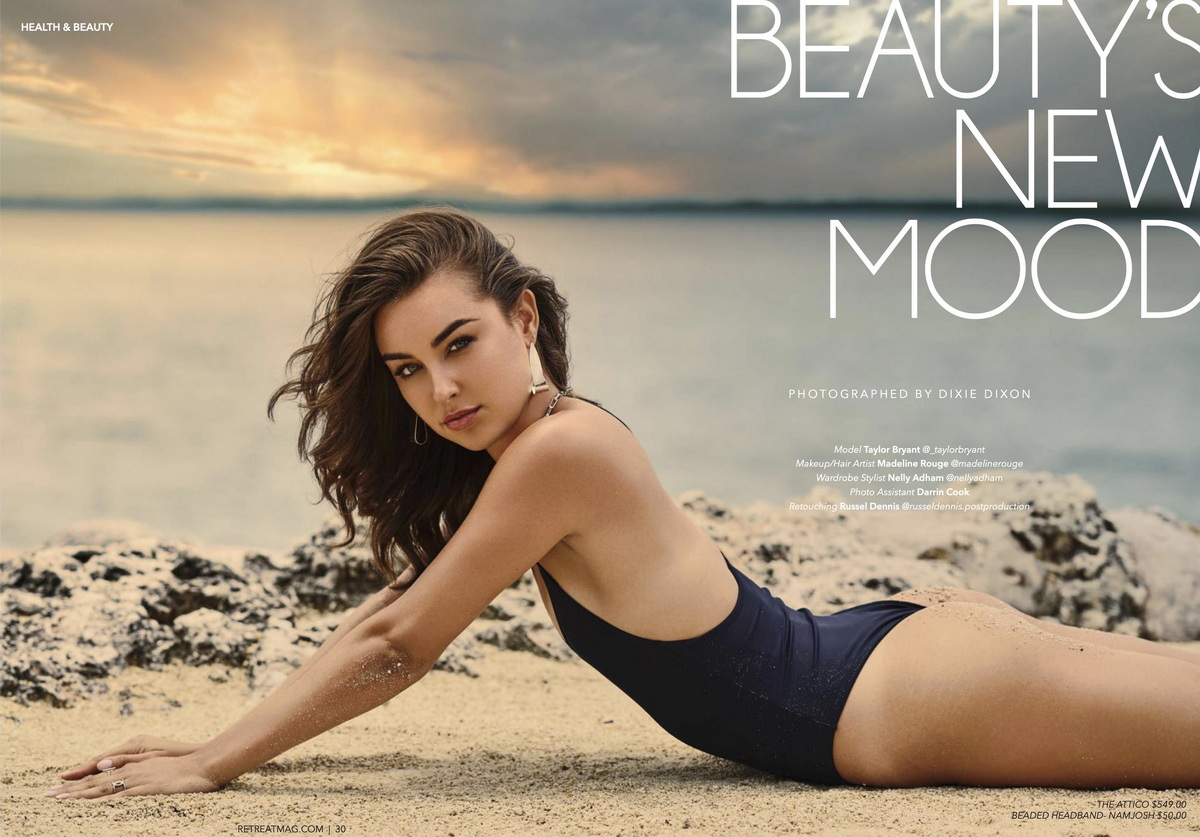
The Evolution of Swimwear
Understanding the history of swimwear can enrich your photography by providing context for design choices and trends.
Key Milestones in Swimwear History
The history of swimwear reflects broader social changes and advancements in fabric technology:
1. Victorian Era (19th Century): Swimwear was designed primarily for modesty; women wore full-length dresses while men donned one-piece woolen suits.
2. Early 20th Century: Annette Kellerman introduced form-fitting swimsuits that challenged conservative norms. This era marked the transition towards more functional designs.
3. Post-War Glamour (1930s - 1940s): Designers like Emilio Pucci brought high fashion to beach attire; swimsuits became more structured with new synthetic fabrics like Lycra.
4. Bold Designs (1970s - 1980s): The introduction of high-cut legs and string bikinis reflected a cultural shift towards boldness in fashion.
5. Sustainable Fashion (21st Century): Modern brands focus on eco-friendly practices by using recycled materials and ethical production methods.
Post-Processing Techniques
After capturing stunning images, post-processing is essential to refine your photos further. Here are some common practices:
- Basic Edits: Use software like Adobe Lightroom to adjust exposure, contrast, and color balance. Fine-tuning these elements can significantly enhance your final images.
- Sharpening Details: Pay special attention to sharpening key areas such as the model's eyes and details in the swimwear fabric to draw viewers' attention.
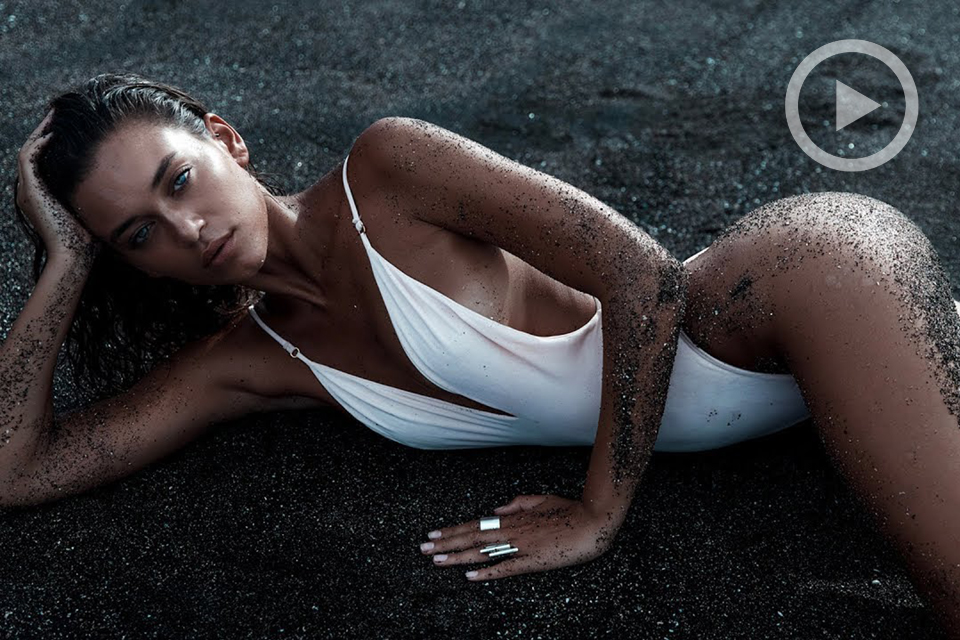
Conclusion
Choosing the right lens for swimwear photography is crucial in achieving high-quality images that showcase both models and garments beautifully. By understanding focal lengths, apertures, essential gear needed for successful shoots—alongside mastering lighting techniques—photographers can elevate their work in this vibrant field.
The BEST Budget Photography Lenses from Canon
My favorite Sony Lenses for Swimwear photography
Dive into Swimwear Photography: Expert Tips for Stunning Results
Frequently Asked Questions (FAQs)
1. What type of camera is best for swimwear photography?
- A full-frame DSLR or mirrorless camera is recommended due to its superior image quality and performance in various lighting conditions.
2. What focal length should I use?
- A versatile zoom lens such as 24-70mm or 70-200mm is ideal as it allows flexibility in composition from wide shots to close-ups.
3. How important is lighting in swimwear photography?
- Extremely important! Natural light during golden hour provides flattering conditions; however, artificial lighting may be necessary depending on the setting.
4. Should I use props during my shoot?
- Yes! Incorporating props like towels or sunglasses can add interest and context to your images while enhancing storytelling elements.
5. What post-processing software do you recommend?
- Adobe Lightroom is excellent for basic adjustments while Photoshop is useful for more detailed retouching tasks.
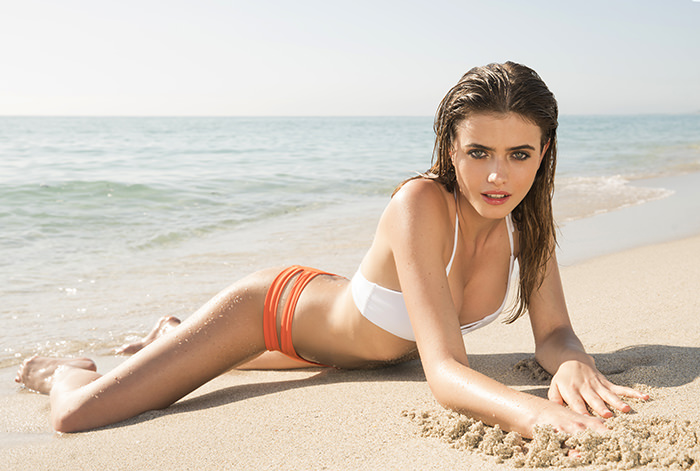
Citations:
[1] https://phlearn.com/magazine/swimsuit-photographers-essentials/
[2] https://luxuryactivist.com/luxury/making-waves-the-evolution-of-swimwear-from-ancient-times-to-sustainable-fashion/
[3] https://fixthephoto.com/swimsuit-photography-tips.html
[4] https://en.wikipedia.org/wiki/History_of_swimwear
[5] https://www.dixiedixon.com/blog/tips-for-better-swimwear-photography
[6] https://proedu.com/blogs/photography-fundamentals/the-art-of-lingerie-and-swimwear-photography-posing-and-retouching-essential-techniques-for-capturing-elegance





















